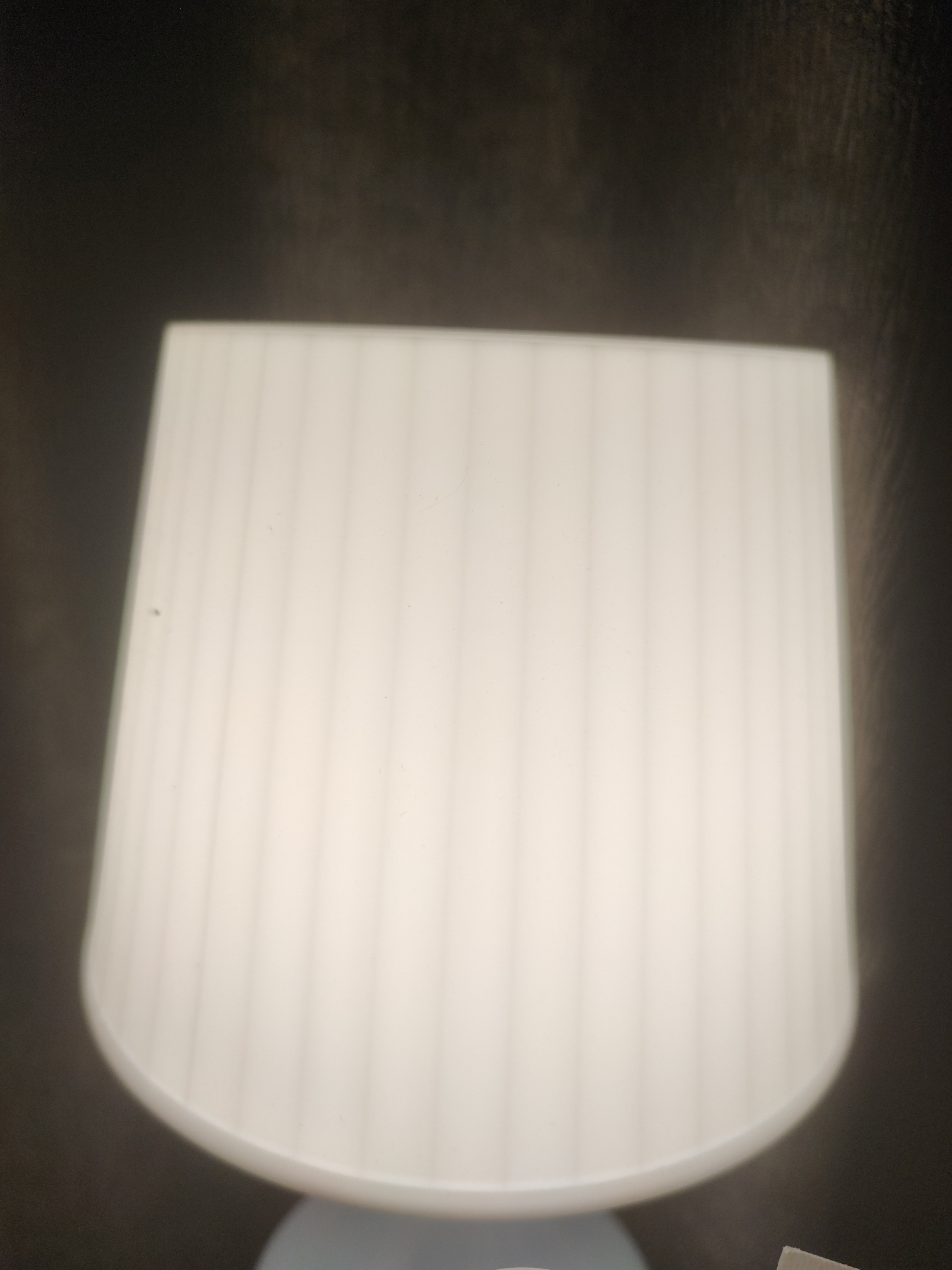
vincentheng8
No personal profile
537Follow
31Followers
3Topic
0Badge
$Alphabet(GOOG)$ continue to break 300 Remember it's not just the percentage gain it's how much stake you have !? All in goog! Let's go!!
$Apple(AAPL)$ break ath let's go!
$Tiger Brokers(TIGR)$ crashed
$Alphabet(GOOG)$ let's go market cap 3.5T
All in!
Cathie Wood Goes Bargain Hunting: 3 Stocks She Just Bought
All in tech stock!
3 Expensive Tech Stocks to Buy in the Next Market Crash
All in good discount now!
3 Money Machine Stocks to Buy at 52-Week Lows
Buy both together !
Sorry, the original content has been removed
All in aapl to vr n icar!
Apple Stock: Look Up Above, Is $3 Trillion Next?
All in aapl to vr and Icar
Is Apple Stock a Buy Now?
All in to vr and icar
Apple Working on Software to Let SMBs Take Payments Direct from iPhone: Report
All in alphabet!
3 Top Tech Stocks to Buy Right Now
Buy it all in!
Sorry, the original content has been removed
$ContextLogic Inc.(WISH)$aape toether strong!!!!
All in Disney Airbnb
What Disney, Airbnb and DoorDash results reveal about the post-pandemic economy
All in googl
Sorry, the original content has been removed
All in aapl to vr and icar
Big Tech Stocks Gained in Premarket Trading
All in aapl!
Buffett Full Annual Letter:Apple is One of ‘Four Giants’ Driving the Conglomerate’s Value
All in to metaverse and vr!
Nvidia Shares Fell Nearly 5% in Morning Trading after Baird Downgraded the Stock and Cut Its Price Target
Go to Tiger App to see more news